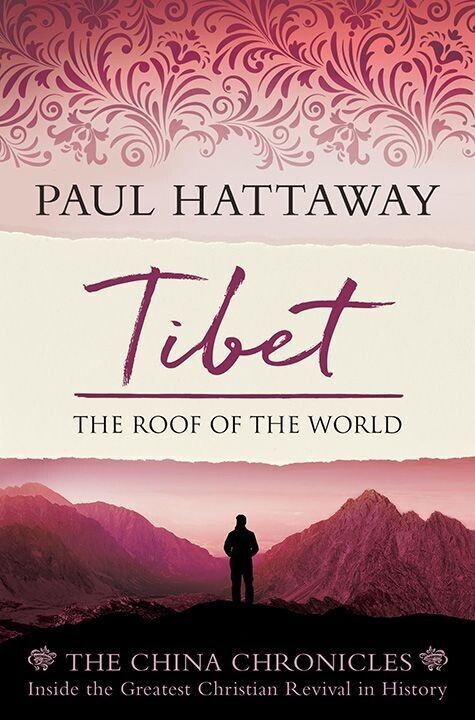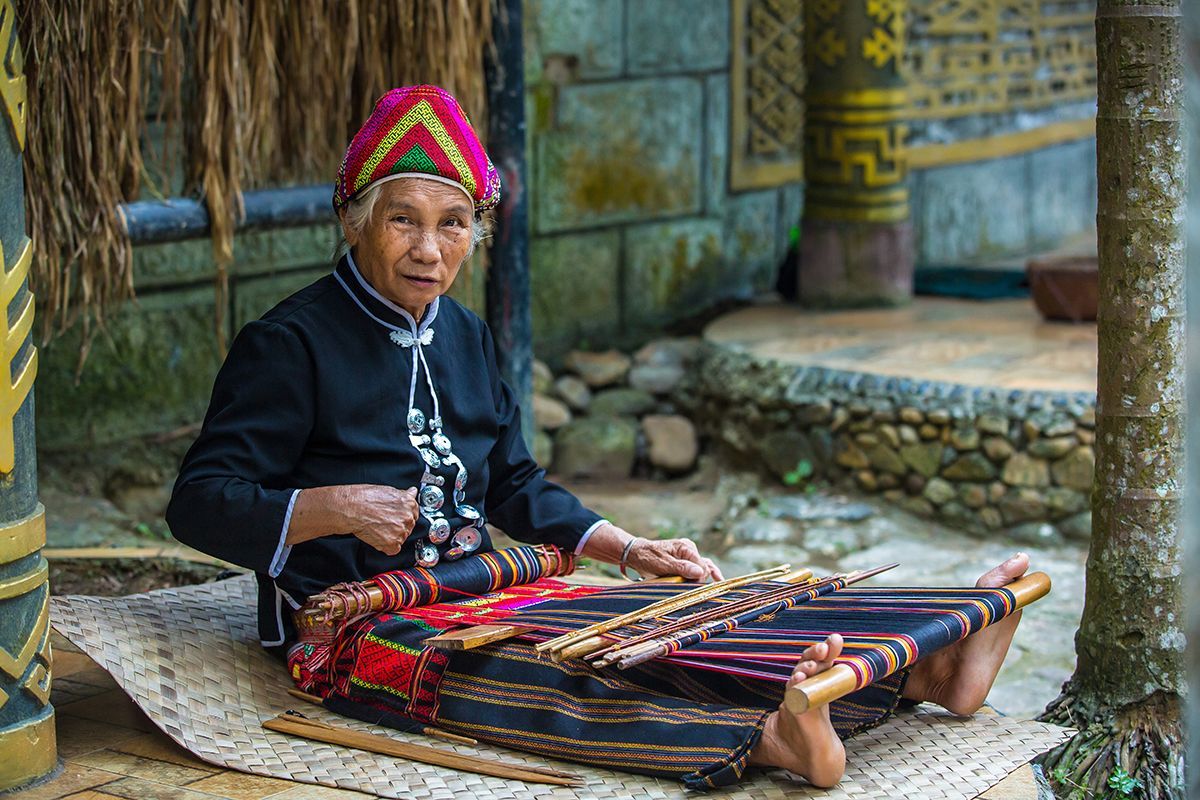2000s
It was hoped that the 1910s would continue to see a rapid expansion of Evangelical work in Tibetan areas. In Sichuan Province, however, the hoped-for infusion of new missionaries did not occur because of a lack of suitable candidates, while constant violence meant that travel in the Kham region was too dangerous to consider. Frustrated by the lack of progress, in 1912 John Muir highlighted the differences between the Evangelical and Catholic efforts among the Khampa Tibetans at that stage:
"In all our territory we have never had more than two Evangelical mission stations. Today the one at Batang is without missionaries, on account of the disturbances, and at Kangding there is only one. When we were first acquainted with this district in 1906, we found that there were four Catholic mission stations in this territory. They took advantage of every opportunity that has been presented since then, and have now added three more, while we stay practically where we were.... Ought we to be less zealous than they? Or shall we permit them to be the teachers of the Tibetans?"
The few Evangelical missionaries stationed in Kham bravely carried on the work, although they frequently battled discouragement, and saw almost no fruit despite their faithful and consistent sowing of God's Word.
Every now and then, however, something would happen to lighten the missionaries' burdens and boost their faith. One such incident occurred in 1917, when the Norwegian missionary couple Theo and Cecile Sorenson received a letter from a living Buddha (a person considered a reincarnation from a lineage of lamas, who is charged with perpetuating a particular school of Tibetan Buddhist teaching). who had heard the gospel for the first time during a visit to Kangding. In part, the letter said:
"I, your humble servant, have seen several copies of your Scriptures, and having read them carefully, they certainly made me believe in Christ. I understand a little of the outstanding principles and the doctrinal teachings of the One Son, but as to the Holy Spirit's nature and essence, and as to the origin of this religion I am not at all clear, and it is therefore important that the doctrinal principles should be more fully explained, so as to enlighten the unintelligent and people of small mental ability."
The long-established Catholic work in the Kham region continued to experience harsh persecution. On June 12, 1914, Tibetan bandits ambushed and murdered French missionary Théodore Monbeig and his servant Bang Tunjrou, as they rode toward Litang. When Monbeig's body was examined, his fellow missionaries noted "13 wounds, almost all mortal: five blows from a rifle, six blows from a sabre, and two stone blows." All the foreigners living in Batang, including the Evangelical missionaries, attended the funeral and offered their respects.
Monbeig had been stationed among the Kham in northern Yunnan Province, where he had
"wanted to have a church like one that is found in France. It had to be made out of stone, and contain a bell-tower with a beautiful bell. He knew the enemies of the gospel would find demolishing a stone building more difficult than the flimsy ones they had previously constructed, and so he set about the extraordinary task of obtaining the necessary materials to realize his dream."

After such prolonged hardship, the last part of Ding's life could scarcely be imagined. He married a Christian widow, and when his criminal record was erased, he procured a passport and was able to visit the United States in the late 1980s at the invitation of some of his former missionary friends. He finally went to his eternal reward in the 1990s.
© This article is an extract from Paul Hattaway's book ‘Tibet: The Roof of the World’. You can order this or any of The China Chronicles books and e-books from our online bookstore.
1. John Ting with David Woodward, Welcome the Wind: Witness of a House Church Pastor, The Secret of Survival in a Rough World (unpublished manuscript, 1990), p. 70.
2. Ting with Woodward, Welcome the Wind, p. 74
3. Ting with Woodward, Welcome the Wind, p. 113.
4. Ting with Woodward, Welcome the Wind, pp. 113-14.
5. Ting with Woodward, Welcome the Wind, p. 120.
6. Ting with Woodward, Welcome the Wind, p. 122.
7. dc Talk and The Voice of the Martyrs, Jesus Freaks: Stories of Those Who Stood for Jesus, Vol. 2 (Minneapolis, MN: Bethany House, 2002), p. 271.
8. Ting with Woodward, Welcome the Wind, p. 130.
9. David Woodward, "Examining a Significant Minority: Tibetan Christians," The Tibet Journal (Winter 1991), p. 65.
10. Ting with Woodward, Welcome the Wind, p. 130.
11. Ting with Woodward, Welcome the Wind, p. 155.





